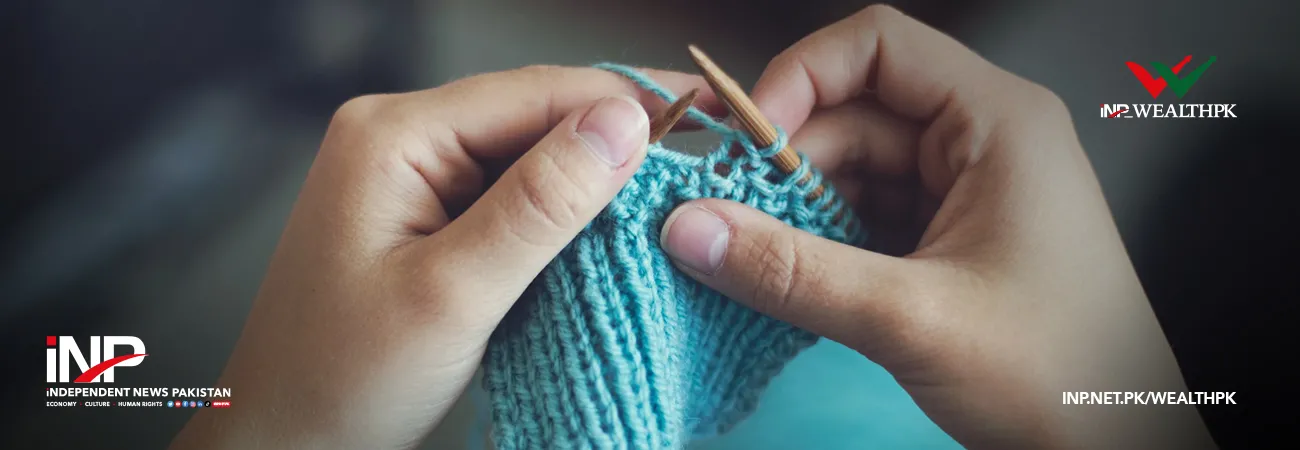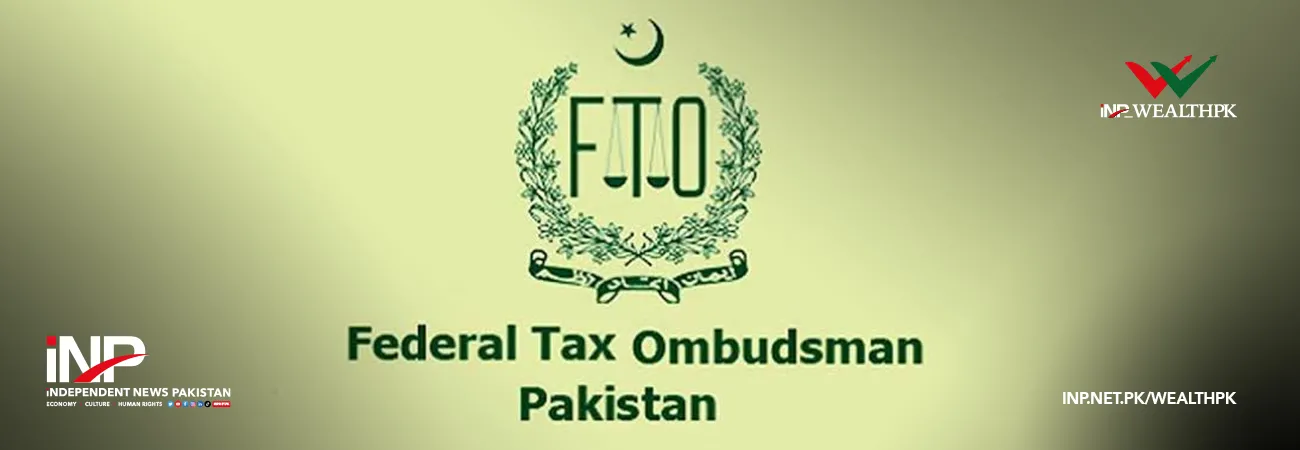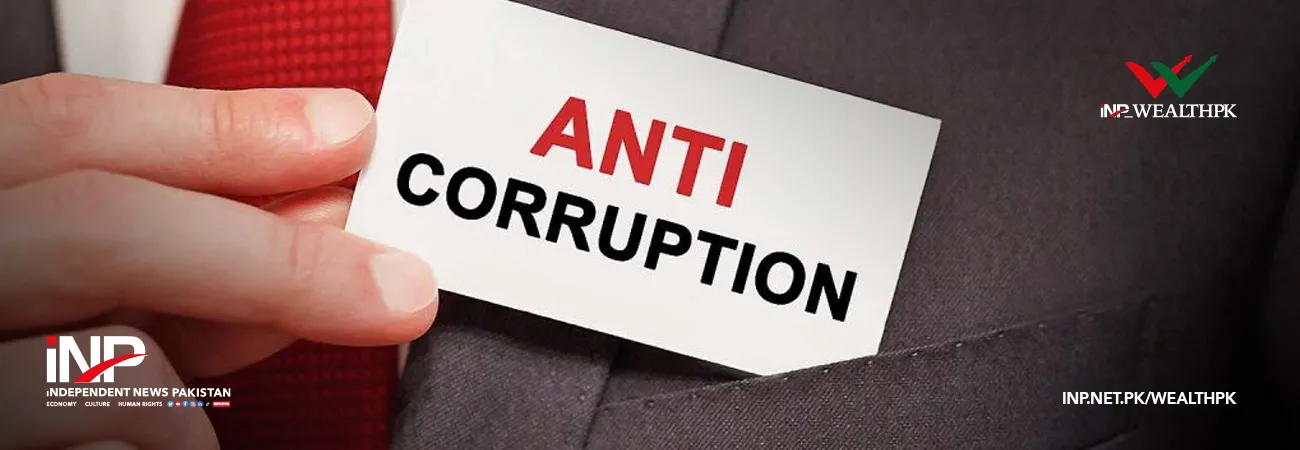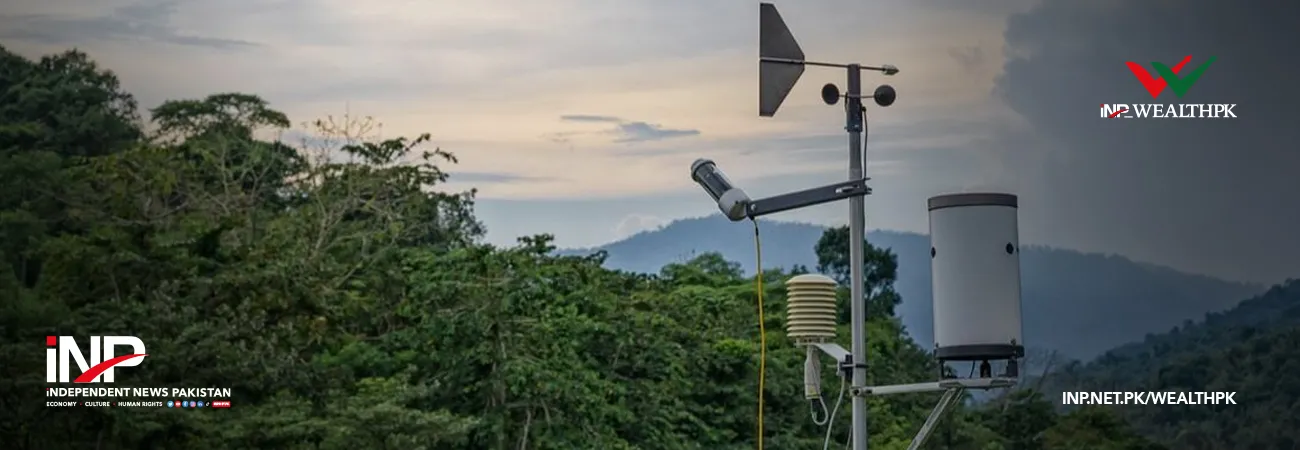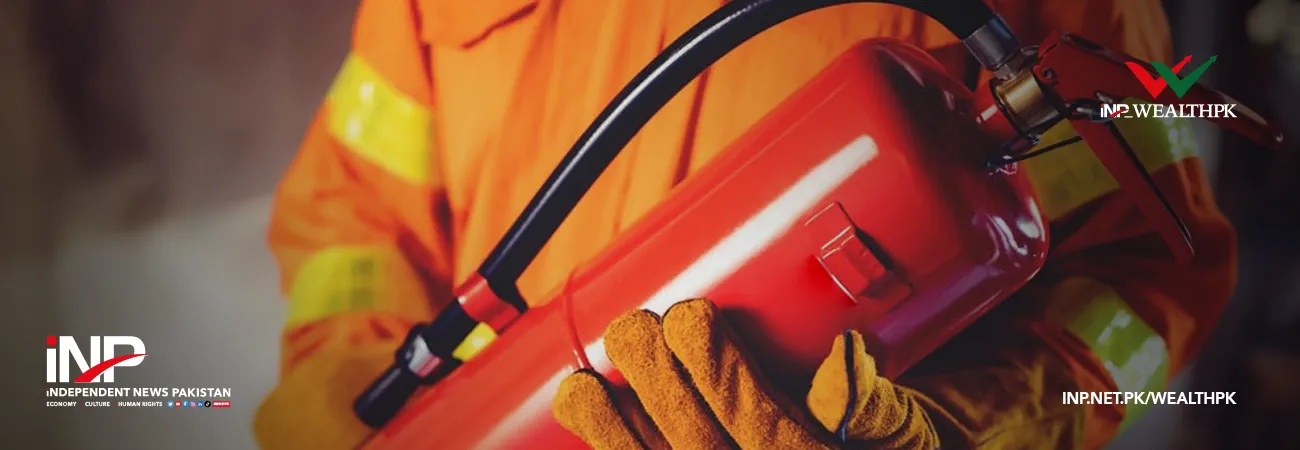INP-WealthPk
Qudsia Bano
Pakistan’s value-added textile segment — driven by knitwear, non-knit apparel, and other made-up articles — remained the cornerstone of export growth in the first quarter of FY26, marking the highest recorded Q1 performance in five years. The expansion underscores a decisive pivot toward finished goods and reflects the textile sector’s adaptation to global market shifts, according to the Pakistan Textile Council’s Pakistan Textile & Apparel Exports Q1FY26 report.
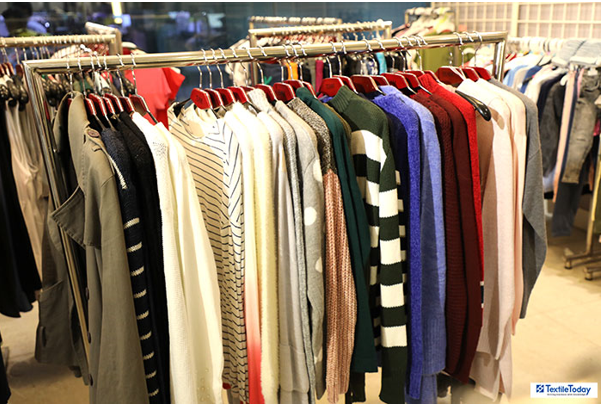
The value-added textile exports rose to $3.998 billion during Q1 FY 26, compared with $3.685 billion in the same period of fiscal year 2025. Knitwear exports surged by 12.2% to $1.424 billion, while non-knit apparel reached $1.057 billion, up 6.1%. Other made-up textile articles, including bed linen, towels, and household fabrics, registered a 6.9% rise to $1.517 billion — their highest-ever quarterly level.
This marks a strong recovery trajectory from 2023–24, when the sector’s value-added exports dipped to $3.20 billion. Over the past five years, the segment has grown from $3.43 billion in FY22 to nearly $4 billion in FY26, highlighting its resilience amid global demand volatility.
According to the Council’s analysis, Pakistan’s leading export products under HS Chapters 61–63 include cotton-based bed sheets, bath towels, knitted T-shirts, hosiery, and ready-made garments. Knitwear has emerged as the strongest category, supported by high demand for cotton-based comfort wear in Western markets. Bed linen and towel exports also remained steady, reflecting Pakistan’s competitive manufacturing capability in home textiles.
In detailed breakdowns, the report identified T-shirts, jerseys, and hosiery as the top items within knitwear exports, while cotton ensembles and men’s suits led the non-knit apparel category. Bed sheets and cotton-made covers dominated the other made-up articles group. Despite a few product-level declines — such as a drop in napped embroidered bed linen and certain glove types — overall momentum in finished goods remained positive.
The Council attributed the success of the value-added segment to Pakistan’s ability to meet compliance standards and maintain quality across large orders, particularly from Europe and North America. However, it warned that energy costs and delayed policy reforms continued to restrict the full export potential of this high-value sector.
The report observed that Pakistan’s manufacturing cost structure remained higher than its regional peers due to elevated power tariffs, indirect taxes, and inconsistent refund systems. These factors, it said, prevented exporters from capitalizing on global shifts toward sourcing diversification and nearshoring trends.
The Council recommended that the government introduce targeted incentives for exporters achieving measurable increases in value addition, particularly those adopting sustainable production practices. Time-bound export rebates linked to Sustainable Development Goals (SDGs) and Environmental, Social, and Governance (ESG) compliance were proposed to encourage transformation in product and process quality.
The PTC also emphasized the importance of innovation financing, skill enhancement, and product diversification to sustain Pakistan’s progress in value-added textiles. Strengthening of credit lines under the Export Finance Scheme (EFS) and Long-Term Financing Facility (LTFF), combined with better access to green project financing, would support modern manufacturing and environmental upgrades.
Concluding its analysis, the Council noted that the steady rise in value-added exports is a sign of growing maturity in Pakistan’s textile industry. It stated that a consistent policy environment, predictable energy pricing, and market-driven wage alignment could accelerate this shift further, transforming Pakistan’s textile sector from a raw-material supplier into a competitive global producer of finished apparel and home goods.
Credit: INP-WealthPk



